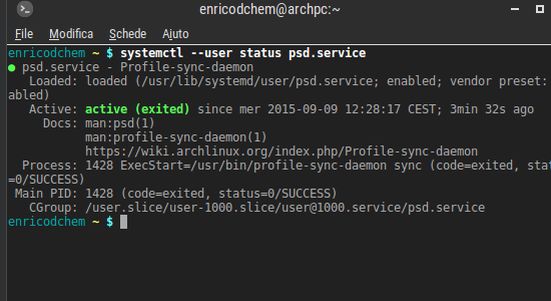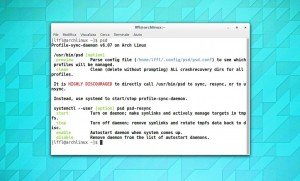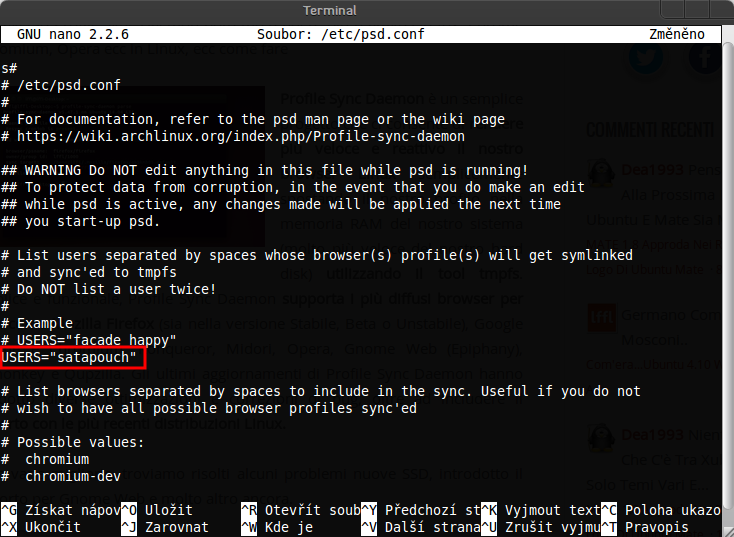

Locate server parameter and set it as follows: You should at least set following parameter in /etc/ntp.conf config file:įor example, open /etc/ntp.conf file using vi text editor:

LINUX DAEMON SYNC INSTALL
# yum install ntpOR # up2date ntp Configuration If ntpd is not installed use any one of the following command to install ntpd: The file is well documented and you easily configure it.
LINUX DAEMON SYNC HOW TO
This answer has gotten long enough as it is, so I'm not going to cover exactly how to add a cron job, but if you need help with that, see this question.You need to configure ntpd via /etc/ntp.conf configuration file. Some distributions such as Debian that are more "purely" Systemd based do not include these. Note that this assumes you are running Ubuntu or a distribution that includes the init scripts for crond. It then checks to see if the cron service is currently running and, if not, starts it. It starts WSL using the root user so that you can run the service command without a password. You can try this command-line in PowerShell to test it out in advance with wsl -u root -e sh -c "service cron status || service cron start". Add arguments: -u root -e sh -c "service cron status || service cron start".In that folder, Action -> Create Basic Task.Create a new folder in your Task Library named "WSL" (optional).To create the Scheduled Task, run Task Scheduler, then: Working around this seems to be possible (with stability caveats), but requires some PowerShell scripting to launch the process.

LINUX DAEMON SYNC WINDOWS
Note that it will need to be logon rather than boot, since WSL does seem to have a requirement that the owning user be logged in to their Windows account. bat file in your Startup folder, but my preferred approach is to use Windows Task Scheduler to schedule a task to run at logon. And this comes back to part of your question about how to get a service to run at boot.įor that, you could use a. So if you go the "recommended" route and set this up your command-line in the question as a cron job to run every (say) hour, you'll still need some way of getting crond to run. See this question and my answer there for some more details. It only works on the ext4 root filesystem in WSL. However, also note that the typical way of doing this is simply to run a cron job every so often that initiates a sync, rather than "watching" for file changes.Īlso note that under WSL2, "watching" for updates (known as the inotify mechanism) doesn't work on Windows drives (a.k.a. See this question for some details on ways in which you could potentially automatically keep two directories in sync whenever a file changes. First, nf just allows you to configure paths on the remote server which you want to be able to access via your local rsync, and to specify options/permissions for those directories. You seem to be thinking that you can configure rsynd to continuously keep two directories in sync through configuration of nf. See a few of these answers, although I'm not sure I would consider any of them authoritative.

The daemon is useful when you need it to run on another host that you control, and you don't need the security/overhead of running rsync-to-rsync over SSH. Since you are simply mirroring local-to-local, you really don't have any need for the daemon. It's been a few years since I've used rsync, and longer since I've used rsyncd, so I'll welcome correction if I'm off-base on anything, but I did a little research to brush-up before posting this, at least:


 0 kommentar(er)
0 kommentar(er)
